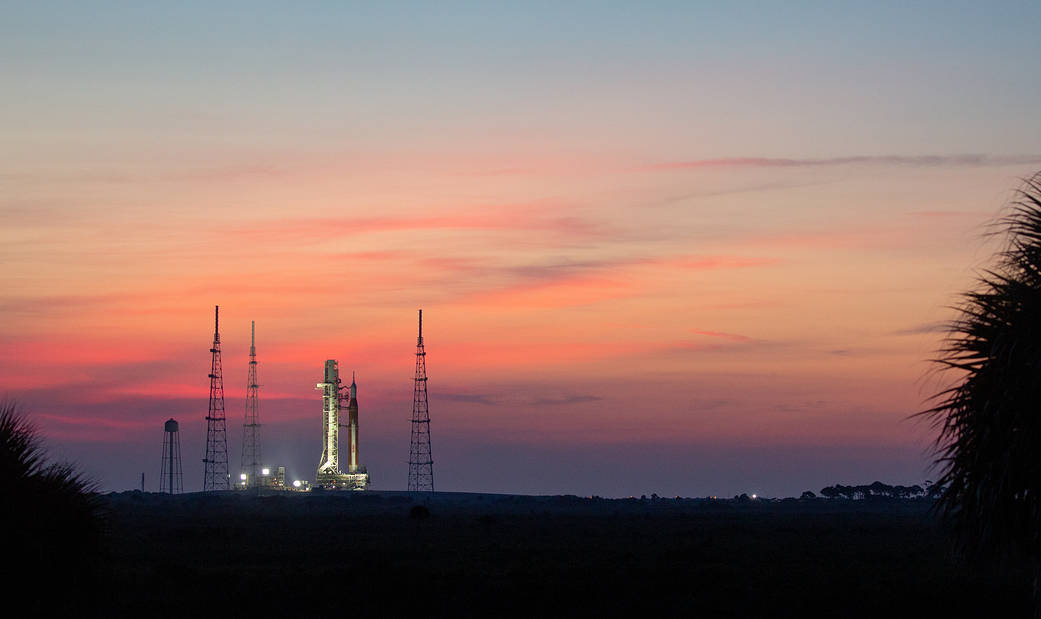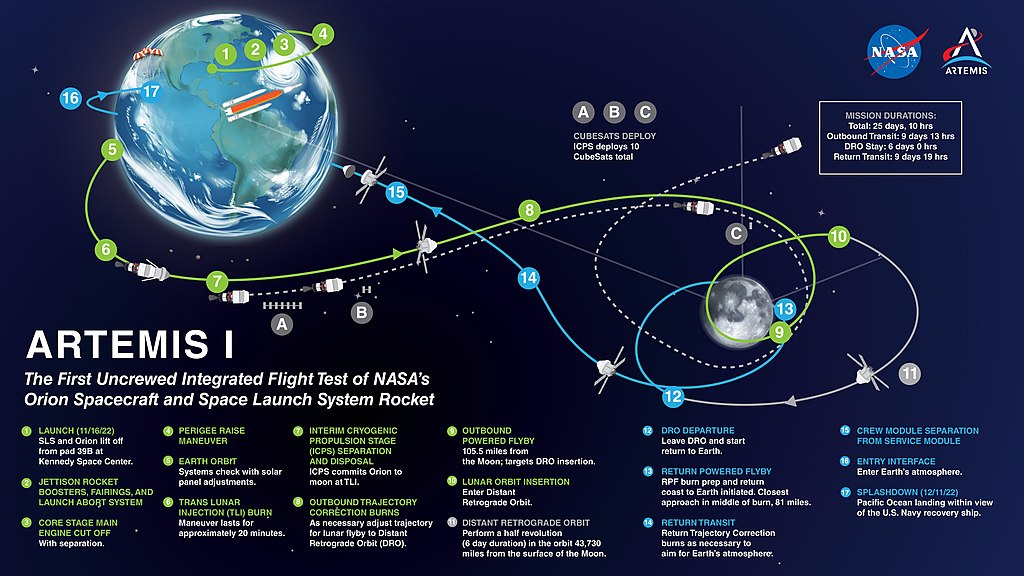
In 1962 perhaps the most memorable speech ever given by a president was delivered by John F Kennedy at Rice University in Texas. This speech has been heard by almost every person alive at some point, whether in school or through a myriad of films and documentaries. The speech is known simply as the “We choose to go to the moon” speech, after the most popular and prominent part of it. Just 7 short years later Kennedy’s dream of landing men on the moon would come true in July of 1969 when Neil Armstrong and Buzz Aldrin lifted off on Apollo 11.

We would send 6 more missions to the moon with 5 of them successfully landing. Apollo 13 was the only mission that failed it’s primary objective but did bring all 3 astronauts back safely. Apollo 17 was the final mission and the last time humans set foot on the moon. While Neil Armstrong is a household name as being the first, Eugene Cernan holds the position as the last man to set foot on the moon…. so far.
Tomorrow, August 29, the next great step in heading to the moon will take place: Artemis 1.
The idea of a modern moon rocket has been tossed around since Apollo 17 left the lunar surface on December 14. The project that would eventually wind up being Artemis began in 2005 and was known as the Constellation project. President George Bush began the project with the intent of returning humans to the moon by 2020. Over the years the project has faced considerable obstacles in Washington DC but by 2011 the idea of a Space Launch System came about and is essentially the current rocket slated to launch.

The Artemis 1 mission officially began on June 12, 2020. Over the next 1.5 years the SLS would be stacked in NASA’s massive Vehicle Assembly Building (VAB).

On March 17 of this year Artemis would finally roll out of the VAB for the first time for a fully loaded, wet dress rehearsal. The dress rehearsal was successful and the rocket was rolled back for final preparations and eventually rolled back out just a couple weeks ago.
The Space Launch System (SLS) is the modern day Saturn V. This initial launch will use the “block 1” configuration which is 322ft tall, just slightly shorter than the Saturn. The main engines produce 8,400,000lb of thrust making this the most powerful configuration ever launched. Compare this to the Space Shuttle which had a tick over 5,000,000lb of thrust. You can find more fun facts about the rocket itself in this graphic:

Years of planning will come to fruition on Monday morning when the SLS is slated to launch for the first time. This mission will carry an uncrewed Orion spacecraft to lunar orbit where it will spend 6 weeks in space splashing back down in October. This is a full test ahead of a potential crewed launch in early 2024.
 You can catch the launch on NASA TV or on any of the major news networks. The launch window opens at 8:33AM on Monday morning and remains open for 2 hours. If the weather cooperates the launch will take place on time at 8:33 but could launch any time in that window.
You can catch the launch on NASA TV or on any of the major news networks. The launch window opens at 8:33AM on Monday morning and remains open for 2 hours. If the weather cooperates the launch will take place on time at 8:33 but could launch any time in that window.

I hope you take a moment to watch this launch on Monday morning, I know I will. And to quote the great John F Kennedy:
“We choose to go to the Moon. We choose to go to the Moon… We choose to go to the Moon in this decade and do the other things, not because they are easy, but because they are hard; because that goal will serve to organize and measure the best of our energies and skills, because that challenge is one that we are willing to accept, one we are unwilling to postpone, and one we intend to win, and the others, too.”






